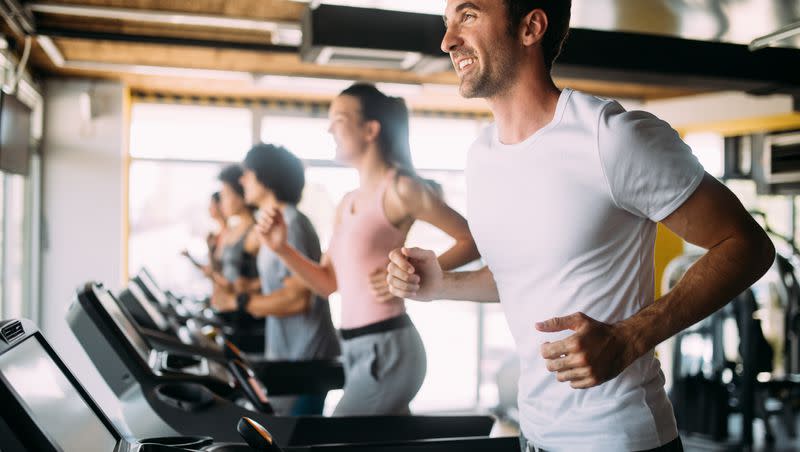5 fitness myths that could be hindering your workout goals

In the age of influencers, fitness influencers especially, always seem to have the perfect everything — body, workout clothes, even their water bottle is aesthetically pleasing.
For those of us who do fall under the appeal of whatever workout trend they are selling to us with their “You have to try this” or “It changed my life” marketing, it’s important to understand which fitness rules to live by are legit and which you should quit.
If you are trying to understand which fitness tips are scientifically proven or myths, here are five exercise myths that could be misleading and may hinder you from achieving your fitness goals effectively.
1. Spot reduction works
It is a common misconception that if you want to get washboard abs, you need to do situps until your stomach starts cramping.
Targeting a certain part of your body to lose fat and only working out that area will not give you the results you are looking for. In fact, GoodRx Health said it’s not even possible. “An overwhelming amount of research suggests that targeted fat loss isn’t achievable with exercise alone.”
“It’s not possible to target fat in specific areas,” Dr. Cedrina Calder, known as the FitDoc, told GoodRx Health. “When you lose weight, you lose fat from different parts of your body — (and) the body parts that lose fat first are mostly based on genetics.”
2. More sweat means more fat loss
After finishing a hard workout, there’s something gratifying about dripping with sweat, but does it mean you lost more fat? Not necessarily.
“Perspiring a lot can mean putting a lot into your workout, which requires extra energy. Still, more sweat doesn’t equate to more calorie burn, and factors like sweat gland activity play a more significant role in how much sweating happens,” per Healthline.
Adding that “Sweating can affect how many calories you burn but at an insignificant level. This is because the body uses calories to start sweating since sweat glands use glucose as energy to function.”
Related
3. No pain, no gain
The first time I ever did pilates, I was disappointed because, one, I didn’t think the workout was rigorous enough to make a difference, and two, because I wasn’t sore the day after.
Tabloids are also snapping pictures of top supermodels like Gigi Hadid and Hailey Bieber leaving their pilates classes, I thought surely they had to be sore to stay looking as physically fit as they did, but boy, was I wrong.
The idea that you have to be in pain for your muscles to grow is not true.
“When you push a muscle to work beyond its ability to use oxygen delivered in the blood, you’re creating lactic acid, which gives you that burning sensation. It’s what exercise-experienced people usually recognize as a really good fatigue or a good workout,” according to UCI Health.
The truth is, if you haven’t been working out very often and your muscles are somewhat dormant, you’re going to have soreness after a workout. UCI Health recommends not staying away from physical activity for more than two days. If you do, “the muscles used for those particular activities will start shrinking or getting tighter.”
4. Cardio is the only way to lose weight
Cardio workouts are necessary for weight loss but are equally as important as strength-training workouts.
“If your main goal is weight loss, you want to burn calories and build muscle mass. So, for optimal benefits, you should incorporate both cardio and strength training into your exercise routine,” per Beaumont.
“Cardio’s role in helping you shed pounds is burning calories. The more you exercise, the more calories you’ll burn. If you’re trying to lose weight, you should aim for doing cardio at least five days per week for a total of at least 250 minutes (4 hours, 10 minutes) each week.”
5. Stretching before workouts prevent injury
It seems like high school health teachers spend a whole month on the idea that if you don’t stretch your muscles before working out, you’re risking a fate worse than death. According to recent research, this simply isn’t true.
Experts have said that stretching does not prevent muscle soreness or injury.
“Muscles are made of bundles of tiny fibers. In a typical exercise-related muscle strain, these fibers develop microscopic tears. Theoretically, stretching before exercise should make the muscles more pliable and less likely to tear,” Harvard Health said.
“But when studies have compared rates of injury or muscle soreness in people who stretch before exercise and those who don’t, they have found little benefit to stretching. In fact, stretching a cold, tight muscle could lead to injury.”

